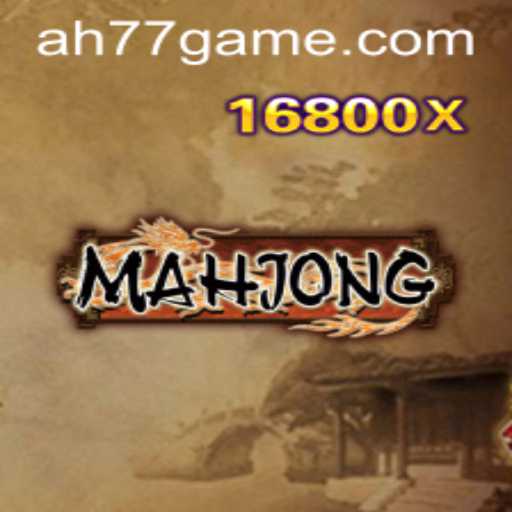Mahjong: A Timeless Tradition in the Modern World
Mahjong, a game steeped in history and tradition, has enchanted generations with its mix of skill, strategy, and social interaction. This iconic game, often compared to rummy, has a rich cultural heritage and is enjoyed by millions around the globe. As it continues to evolve, Mahjong maintains its relevance, weaving its way into the fabric of contemporary gaming culture.
Origins and Evolution
Mahjong originated in China during the Qing dynasty and quickly became a popular pastime among the elite. The game spread beyond China's borders in the early 20th century, thanks to trade and cultural exchange. Its intriguing combination of skill and luck made it particularly appealing. By the 1920s, Mahjong had gained a foothold in the United States and Europe, gradually becoming an international phenomenon.
Today, Mahjong comes in several variations, each with its own set of rules and cultural nuances. While traditional Chinese Mahjong remains popular, newer versions from Japan, the Philippines, and other countries offer unique twists and interpretations, adding layers of complexity and challenge to the original game.
Understanding the Basics
The standard Mahjong set consists of 144 tiles, which include suits like Bamboo, Characters, and Dots. Additional tiles represent Winds, Dragons, Flowers, and Seasons. Mahjong is generally played by four players, though variations for three players exist. The aim is to form a complete hand, often comprising four sets and a pair, from the tiles drawn and discarded during the game.
Each player starts with a set number of tiles and takes turns drawing from a wall of tiles and discarding unwanted ones. The game combines elements of strategy, as players decide which tiles to keep and which to discard to maximize their chance of winning.
The Rules of Play
Despite its seemingly complex structure, the rules of Mahjong are straightforward once learned. Initially, tiles are arranged into a square wall, four stacks high, which players subsequently draw from. Each player draws and discards tiles in turn, aiming to complete their hand with the required combinations. Pung, Kong, and Chow are the key combinations players aim to achieve.
A Pung consists of three identical tiles, a Kong includes four identical tiles, and a Chow comprises a sequence of three tiles in the same suit. The game ends when a player completes their hand, declaring 'Mahjong.' However, the journey to victory is paved with strategic decisions and an element of chance.
Modern-Day Mahjong and Its Influence
With the rise of digital gaming platforms, Mahjong has experienced a resurgence in popularity. Online versions provide players with the opportunity to engage in the game without the need for a physical set, connecting enthusiasts worldwide. The digital evolution of Mahjong ensures that the game remains accessible and adaptable to a modern audience.
Additionally, Mahjong's influence is evident in popular media, including films, television shows, and novels, which often depict the game as a symbol of cultural identity and a test of strategic prowess.
Mahjong and Social Interaction
Beyond its entertainment value, Mahjong serves as a social and cultural touchstone, fostering community and connection. Traditional Mahjong gatherings provide a platform for social interaction and bonding, where friendships are strengthened over the clatter of tiles. This communal aspect of Mahjong transcends cultural boundaries, uniting players in a shared appreciation for the game.
Furthermore, Mahjong tournaments and competitions have become prominent events in the gaming calendar, attracting players of all ages and skill levels. These events showcase the game's enduring appeal and provide a stage for enthusiasts to demonstrate their mastery.
The Role of Mahjong in Contemporary Society
In today's fast-paced world, Mahjong offers a respite, a moment of reflection, and a chance to engage in a meaningful pastime. Its enduring popularity underscores its adaptability and the universal appeal of its unique blend of challenge and chance. As it moves forward, Mahjong continues to be both a beloved tradition and a vibrant part of modern gaming culture, bridging the gap between past and present.








